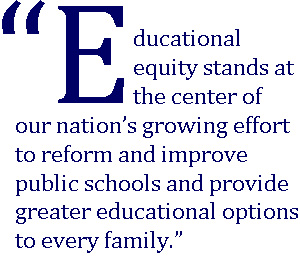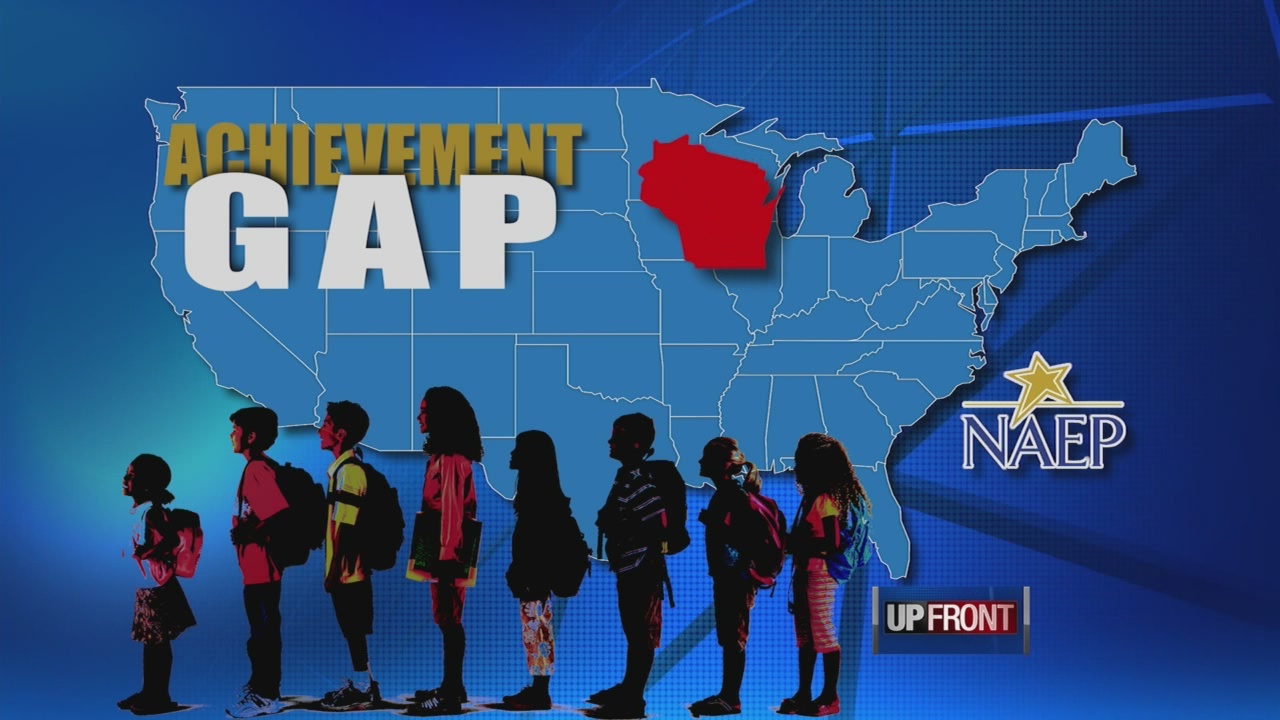
Shooting In Aurora Colorado
July 23, 2012
When Guns And Racism Collide
August 6, 2012By Janice S. Ellis, Ph.D., Kansas City, MO –
Closing the achievement gap for black and Hispanic students remain a major challenge for public schools all across America. There is a new school year upon us and it presents a another chance to take significant measures to close the achievement gap for minority pupils.
We’re bombarded with study after study about the systemic practices in the country’s public schools that encourage and include the inferior educational performance of children of color. The data support that when it comes to black and Hispanics students, there is the tendency to stir them to programs which will probably keep them from going to college or trade school, and they are disciplined and expelled from school at a disproportionate rate than white students.
Aside from the moral and unethical dilemma these practices raise, the ramifications of keeping America strong as a country of leading citizens are equally enormous. Closing the achievement gap is paramount
Irrespective of your views about equality, blacks, Hispanics, or any other socioeconomic problem, how can anyone reason that promoting, even enduring, a system that perpetuates an underclass can be good — short-term or long term?
We understand the schools in our neighborhood and the community’s practices and culture. If not, we should care about what’s occurring to the thousands of youth that are malleable and impressionable that may go through their doors in just a few weeks.
What are they experiencing that can shape their lives eternally? The school system, teachers, volunteers, and other staff can do just so much.
Now is the time, at the beginning of the school year, to get involved and make a difference in a child’s life. We should ask our kids and their schools, during the first weeks of school, what role we can play to improve and positively impact, the learning experience in and outside the classroom.
As much as many people want to find comfort in the notion that educating our kids is left up to teachers, parents, superintendents, principals, and administrators, they actually cannot do it alone. Effectively preparing all of our kids takes involvement and support from every section of the community.
Such engagement is generally commonplace where high educational accomplishment is the norm. Examine any school where there is consistently high performance and academic superiority on the part of students, you will probably find consistent and comprehensive community support.
 For those schools that are particularly challenged, like many in urban communities across the United States, community support and participation are needed even more, and in many places.
For those schools that are particularly challenged, like many in urban communities across the United States, community support and participation are needed even more, and in many places.
Many who would like to help kids learn may not know where to begin. Why not start with the nearest school to you, or some other school in your neighborhood? You can certainly locate a school in the urban center that needs your help, if not your neighborhood.
It’s possible for you to help by committing an hour or more a week. You can offer to be a teacher’s aide in the classroom. You can be a mentor, a tutor. Perhaps through a service organization, your church, or business, you can embrace a school and provide any number of support services, from transportation to other after-school programs. Work with targeted schools to reduce truancy.
Working with teachers and students at exactly the same school on a consistent basis can have an effective and powerful impact for all involved.
And we cannot leave out the needs of parents — one of the most important parts of the learning equation. Perhaps among the most important ways to help schools is to work with teachers and administrators in enhancing parental engagement. Developing and executing parental support and engagement plans that can strengthen student learning and accomplishment at home, and in the classroom, which could have a a beneficial and lasting impact.
The important question now facing us is, “What will we do to close the educational achievement gap so all of our children can have a brighter future?”
Whether the child is black, Hispanic, white, Asian, or any other racial or ethnic group should have nothing to do with it.
Feature photo credit: wisn.com
Edited and Reprinted with permission of USAonRace.com


10 Comments
it’s definitely wrong to have “students of color” go through some what inferior education system compared to their counterpart from both developed and third world countries..its important to note that all of us meet more or less the some sort of issues once out of school hence we all deserve equal exposure in education
Having equal opportunity is what every child; be it by religion or race or family background, admires. This is very important and surely reduces the achievement gap.
it’s definitely wrong to have “students of color” go through some what inferior education systems compared to the rest of the the students in developed countries and also third world countries..its so sad to have such difference.
It’s not only the race or color which contributes to achievement gap — but rather, poverty. Poverty, in all countries, is the primary cause of achievement gap. If equal opportunity and access to quality of education is afforded to every individual, regardless of the status in life, then surely, achievement gap can be eradicated. It’s just a matter of making a stand that education should be limited to those who are financially capable. We are all entitled to it.
When students learn more different culture at school, it might help them how to work with different person at work. Thanks for sharing.
discrimination in any manner is a severe mistake.children are our future and we should mold them in such a manner that they embrace the culture of the country and understand the feelings of fellow human beings.unless they are given proper care and love they cannot achieve this
schools in real practice should teach the children not only country’s culture and tradition but also the human values.
I agree with you, parents should be involved all the way. Education is crucial to the future of every nation, without it, I can’t imagine a sustainable and inclusive progress.
Trying to find something that would benefit all students is something that is pretty hard to do. It will always be in need of continuous change in order to adapt to the very demanding educational climate.
We must also understand that students all come from different cultural backgrounds. As you have said in the article, yes, teachers and others who are affiliated with the school system could only do so much. To be able to satisfy what they most seriously need as the next leaders of tomorrow, we need to totally focus on understanding what needs to be done to help them. We must also do our part as members of the community (for example, through library programs for the unfortunate students who cannot afford to buy needed books to study) in order to help them fully grow into people that the students themselves could be very proud of.
The only time our lives will be better as humans are when we bridge all gaps and give dwelling together as humans a chance. The achievement gap should be bridge irrespective of race or color for the development of all.
I wonder, is this something that happens usually only in America? Like in European countries are black and hispanic people suffering from this as well? Or is it just the problems in America that are affecting them?